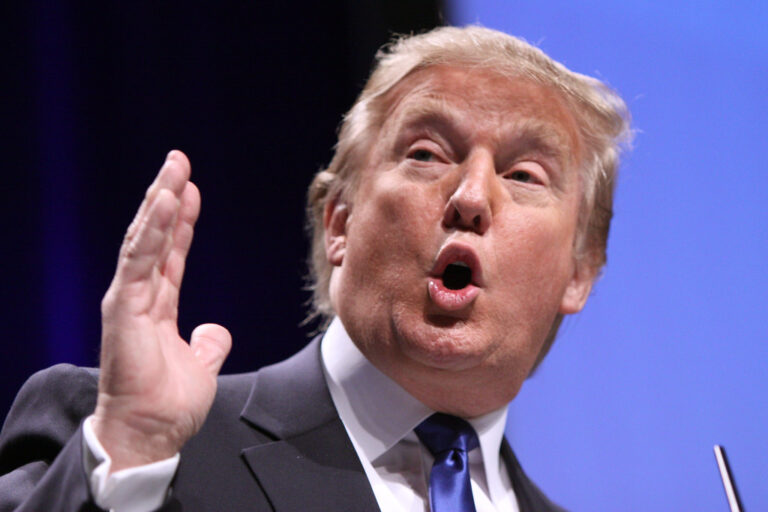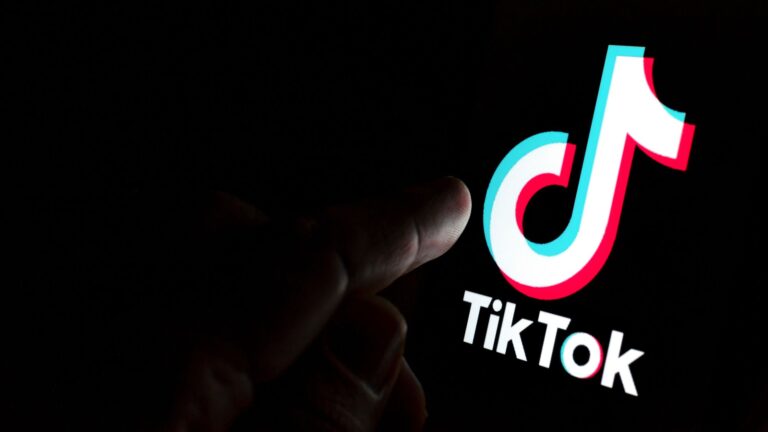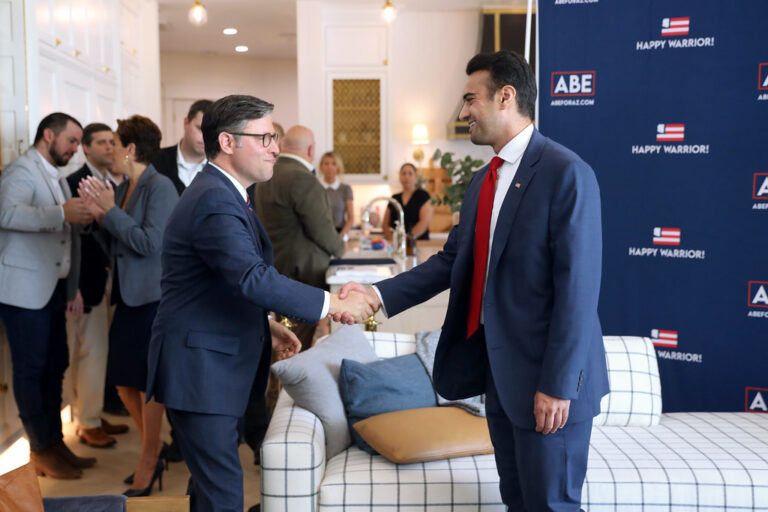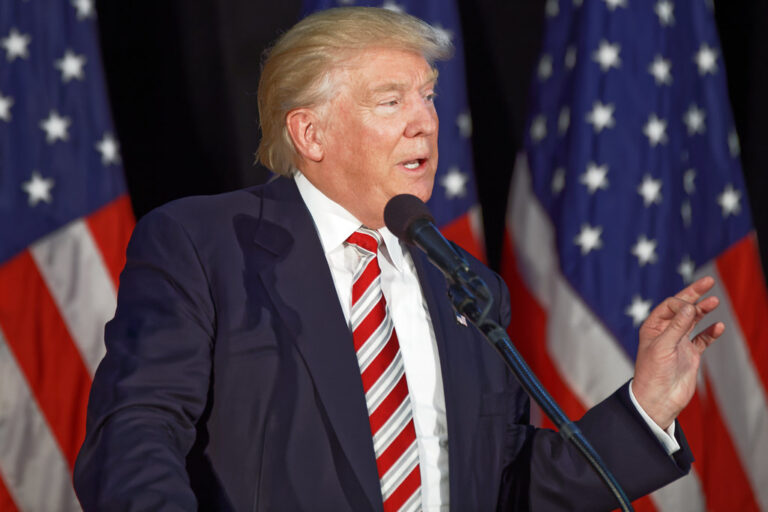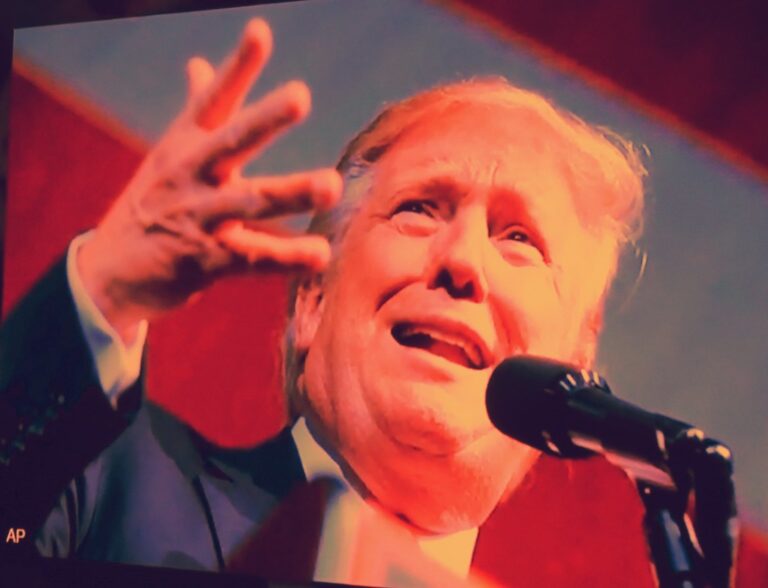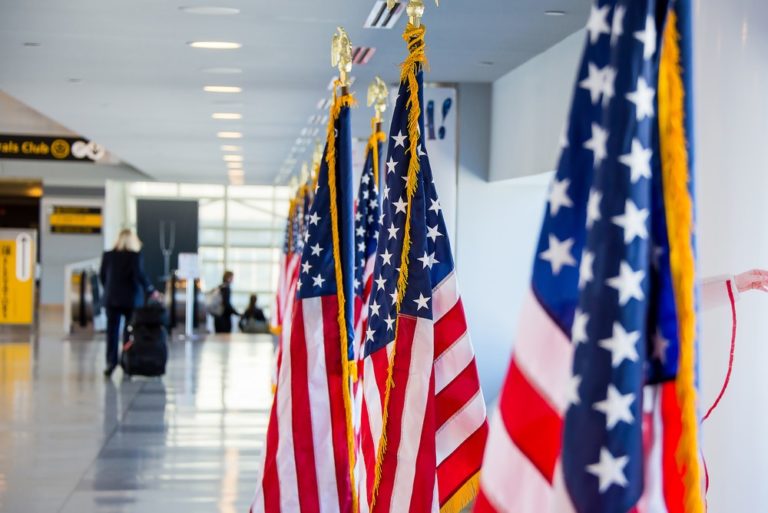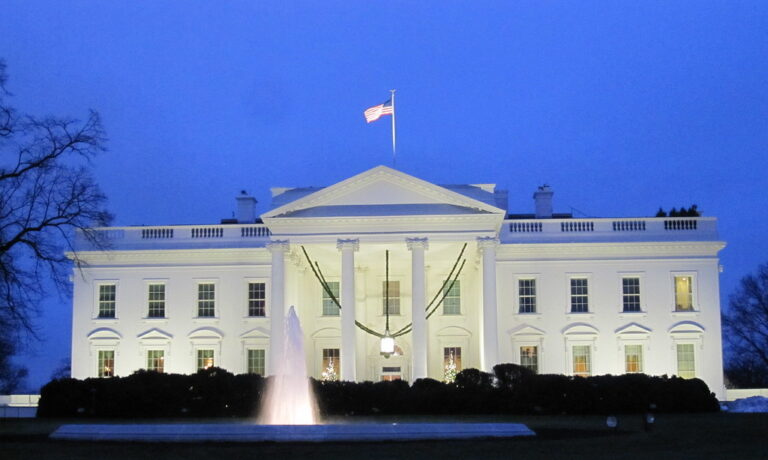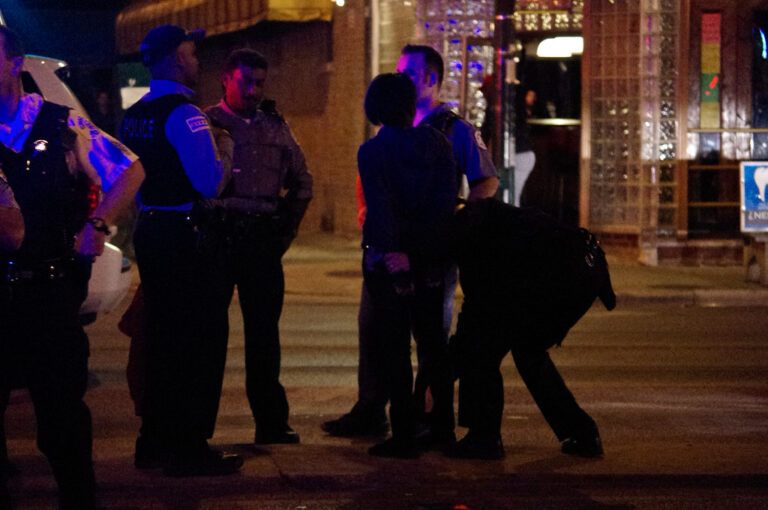Key Takeaways
• President Trump blamed Brown University for the FBI’s failure to catch the shooting suspect
• Two students died and nine were hurt in the mass shooting at Brown University’s campus
• Trump suggested the school mishandled its own security guards and police force
• FBI first named a person of interest, then released that individual, resetting the probe
• Experts questioned both the FBI and Brown University’s handling of the early investigation
Brown University Under Fire After Shooting
President Trump said Brown University should face tough questions. He blamed the school for the FBI’s struggle to find the gunman. Two students died and nine more were hurt in the campus shooting. Investigators still hunt the suspect.
The president said Brown University had its own guards and police force. He argued the school should have stopped the shooter fast. However, Brown University officials have not explained what went wrong.
Investigation Hits Roadblocks
Investigators first thought they had a suspect. They named a person of interest on Sunday. Soon after, police released that person. They said the evidence did not match. This change set the probe back to square one.
Moreover, the FBI now works harder to sort through clues. They collect video footage and interview witnesses. They check phone records and social media posts. Even so, the search remains tough and slow.
Why Brown University Faces Criticism
Brown University faces sharp criticism from the president. He said the school had “its own guards, its own police, its own everything.” He implied the school could have acted faster. Yet, he gave no proof to back his claim.
In addition, experts warned against rushing to blame the school. They said violent acts often challenge any security plan. Still, Trump insisted Brown University must answer tough questions.
FBI and Police Under Pressure
FBI agents feel the heat from Trump’s remarks. They say they follow strict rules to protect civil rights. Furthermore, they work in partnership with local officers. However, Trump told the press to “ask the school, not the FBI.”
Local police also face criticism for letting down prosecutors. They first held a person of interest. Then they let that person go. Now, they must rebuild trust with the community and families of victims.
What Happens Next?
Investigators will revisit witness statements and new leads. They will keep checking surveillance tapes. They may call on the public for tips.
Brown University stated it will cooperate fully. The school said it deploys staff and safety teams across campus. It also claimed to review all security measures.
Meanwhile, students feel scared and angry. Some plan to hold town hall meetings. Others call for more mental health support and better campus safety.
In the days ahead, people will watch how Brown University and the FBI handle the case. Both must work together to bring the shooter to justice.
Frequently Asked Questions
What did President Trump say about Brown University’s security?
He said the school had its own guards and police but failed to catch the gunman quickly.
Why did the FBI release its person of interest?
Police found that the evidence did not point to that person, so they let him go.
How is Brown University responding?
The school says it will fully cooperate and review its security procedures.
What can students do to feel safer?
They can join safety meetings, report any threats, and seek mental health support.

